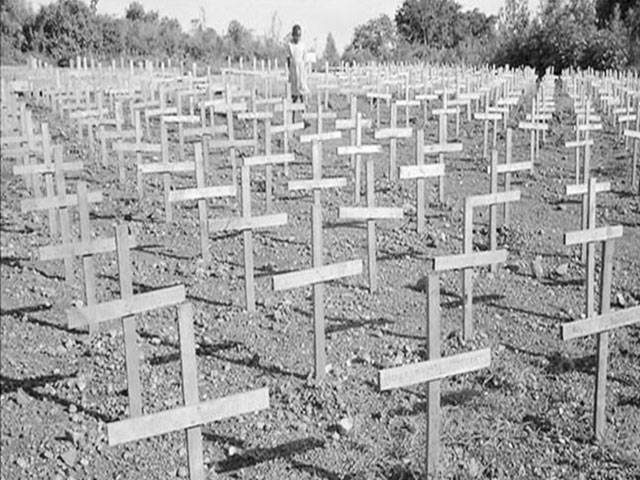In their greatest hour of need, the world failed the people of Rwanda.
–Kofi Annan.
Just in 100 days, more than 800,000
people, mostly Tutsi, were killed.
T
he genocide against the Tutsi is known as the Rwandan genocide. The Hutu majority government oversaw the mass slaughter of Tutsi people. In four months of genocide i.e., from April- July 1994 the estimates recorded at least a million deaths. These hundred days could be seen as the most barbaric days in human history after World War II.
The conflict originated as soon as the then Rwandan Prsident Juvenal Habyarimana and his counterpart Cyprien Ntaryamira of Brundi –both Hutus– was shot down. For this the Hutu extremists held a group of Tutsi exiles, the Rwandan Patriotic Front (RPF). The extremists led a well-organised slaughter campaign. It was also suspected that the government too was assisting the extremists for they had the list of dissidents against the state’s policies and killed them.
Like today the Burmese extremists are unstoppable, the Hutus were not contained then. The UN was a mere spectator. The French forces were accused of not doing enough to protect the innocent civilians. Though the French government could have pressurised the Hutu government, the French politicians chose to stay away from the conflict and not to engage in stopping the slaughter in any real sense.






